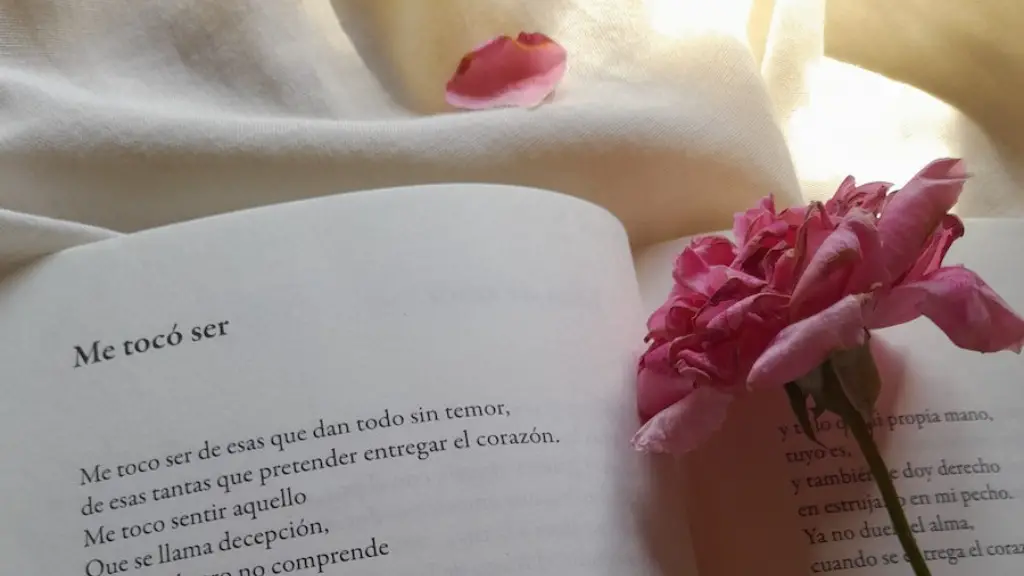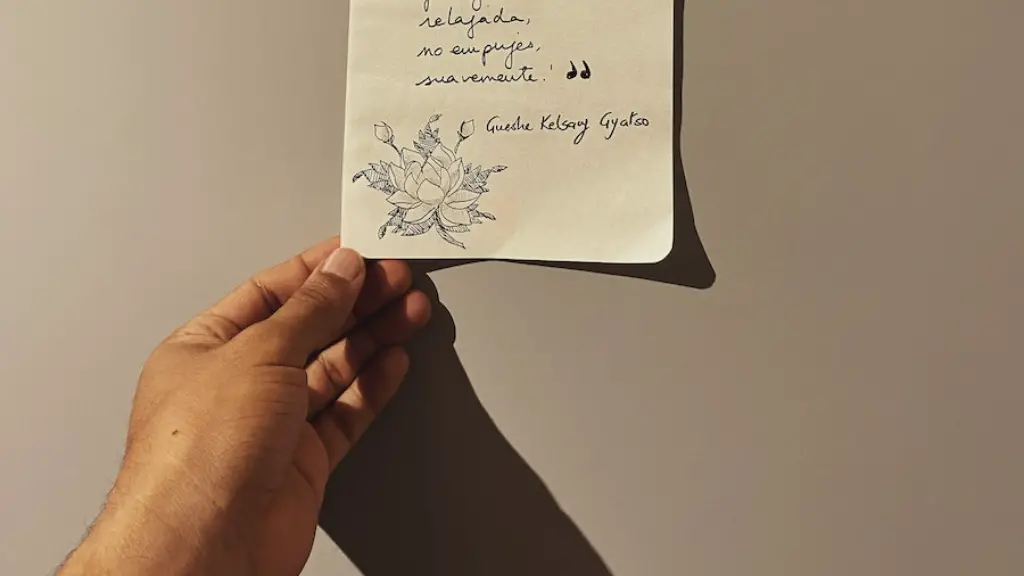Inside Out and Back Again is a critically acclaimed children’s book and New York Times best-seller, written by author Thanhha Lai. At its center is the moving story of a young Vietnamese girl, and her family’s escape during the fall of Saigon in 1975 and subsequent emigration to Alabama. It is an informative yet emotionally driven account of the courage and resilience, the trauma, and the far ranging impacts of displacement and war that’s difficult to forget.
The book is written in free verse, a poetic form whose rhythms resemble the natural rhythms of speech. Compared to traditional, rhymed poetry, theirs is a newer style of poetry that helps give readers a more realistic sense of what’s happening to the story’s protagonist. The story follows ten-year-old Hà, who leaves Vietnam and journeys to a place that she describes as “Too hot. Too cold. Too loud”, where she is the only Vietnamese girl in her Alabama classroom.
The text is really moving, assembling a patchwork of emotions, facts, and reflections that bring the harshness and reality of war to life. What’s exceptional about Lai’s book is that it transports us from the ordinary lives we lead to the extraordinary lives of migrant and refugee children who experience war and displacement in ways we could never imagine.
In spite of the gravity of the story and its themes, Lai does an admirable job of keeping the story from being too dark or sad, conveying her main character’s experience with a beautiful, heartfelt and oftentimes humorous tone.
For parents, Inside Out and Back Again serves as a way to open dialogue about war, displacement, and identity. For example, the novel is full of the humor and mischievousness of a child to whom language is a barrier, and addresses important conversations about race and familial bonds within a refugee and war experience.
Since its publication in 2011, the book has been praised by critics and readers alike. It was awarded the National Book Award, which is the highest honor for literature in the United States, as well as the prestigious Newbery Honor.
In conclusion, Inside Out and Back Again is a book that is both culturally relevant and emotionally moving. It offers a window into a world many of us don’t fully comprehend, and serves as a reminder of the power of story – and why it’s so important to make sure that all voices are heard.
Emotional Connectivity
Lai writes with a deep sense of emotional connectivity that allows readers to sympathize with its main character. Throughout the book, Lai paints a vivid portrait of what it feels like to be displaced, to be separated from family, to be in a strange, new place, and to experience racism. The writing is so visceral that readers can’t help but feel as if they’re experiencing the protagonist’s emotions firsthand.
The book is notable for its powerful use of imagery. By documenting the details of Hà’s journey, Lai is able to provide a firsthand perspective of the refugee experience. This offers readers the chance to be personally present throughout the story, allowing us to more fully understand how drastic and sudden life can change for those forced off their homes.
It’s also worth noting that the book is written for children, making it accessible for all readers. Lai does an especially good job of not shying away from difficult conversations, emphasizing the need for children to understand the realities of war, displacement, and racism. It’s a fast-paced, engaging read that allows readers of any age to experience the story in an intimate way.
Themes and Cultural Relevance
Inside Out and Back Again is also deeply reflexive – it encourages readers to question their own identities in relation to cultures, languages, and histories. One of the questions that Lai’s protagonist grapples with is “What makes a place home?” – a question that many of us who have had to move from one place to another can relate to.
The book also tackles complex and difficult topics, such as the contentious history between the U.S. and Vietnam, the effects of racism and cultural alienation, and the consequences of war and displacement on children. These topics are presented thoughtfully and with respect – and as a result, it’s a book that can be seen as a kind of gateway into more complicated conversations about history and culture.
Finally, the book is an important exploration of the refugee experience. Through Lai’s story, readers gain insights into what it means to be a refugee – a feeling of dislocation and alienation, but also of resilience, courage, and hope. In this way, it creates a space for readers to reflect on the experiences of refugee children and to understand the consequences of war, displacement, and racism on a personal level.
Language Barriers
Throughout the story, one of the central topics addressed is language barriers. Hà’s Vietnamese language is met with disdain and mockery by her peers, leaving her feeling isolated and excluded. This is a real and present problem for many refugee children, who often struggle with language proficiency in their new environment.
Without a supportive network or language mentors, many children are left with few options to overcome their language delays – a problem that affects their academic performance and emotional wellbeing. In Inside Out and Back Again, Lai captures this emotional dilemma with exceptional insight – one of the primary ways in which her protagonist expresses her emotional distress is through English, which she often mispronounces deliberately and ironically.
This is an example of a traumatic experience, which often produces literal and figurative language dysfunction. In this way, Lai’s story reminds us that children are resilient – and that, with the right resources and support, they can still find ways to express themselves and connect with their environment.
Educational Value
Given the story’s educational value, Inside Out and Back Again has become a popular choice in classrooms. It’s also been included in school curriculums, which is a testament to the story’s power as a teaching tool and its importance for students.
Through the book, children can build empathy for the experiences of refugee children and better understand the history of the Vietnam War. It also offers a way to teach students about the power of story and the resilience of people in the face of hardship and trauma.
Additionally, it can open up conversations about race and racism, and provide insight into what it means to be “other” in a new environment. In this way, the book helps to introduce these complex topics and to create a safe space for students to explore them.
Finally, it offers an enjoyable, educational reading experience that encourages readers to learn more about the refugee experience and to approach difficult conversations with empathy and understanding.
Cultural Representation
Inside Out and Back Again is an important representation of the Vietnamese diaspora and their experience with displacement and alienation in a new environment. It’s also an important example of how books can provide a way for minority groups to tell their own stories – stories that are often left out of the mainstream narrative.
In this way, the book is a valuable resource for readers who are hungry to learn more about the Vietnamese experience. Its powerful storytelling and emotionally driven language make it an accessible, informative, and entertaining read.
It’s also worth noting that Inside Out and Back Again is a rare example of a Vietnamese-American children’s story. While there are plenty of books about the Vietnam War, they are often told through the lens of a Western protagonist – making Lai’s book a valuable and powerful representation of the Vietnamese experience.
In this way, the book is an important contribution to the scarce representation of Vietnamese voices in American literature, and an inspiring illustration of the courage and resilience of refugees and immigrants everywhere.
Conclusion
Inside Out and Back Again is an important example of how children’s literature can provide valuable insights into complex, difficult topics – and why it’s so important to make sure that all voices are heard. It’s an emotionally charged story that offers readers a vital glimpse into the refugee experience and provides an important opportunity for dialogue about displacement, racism, and identity.





